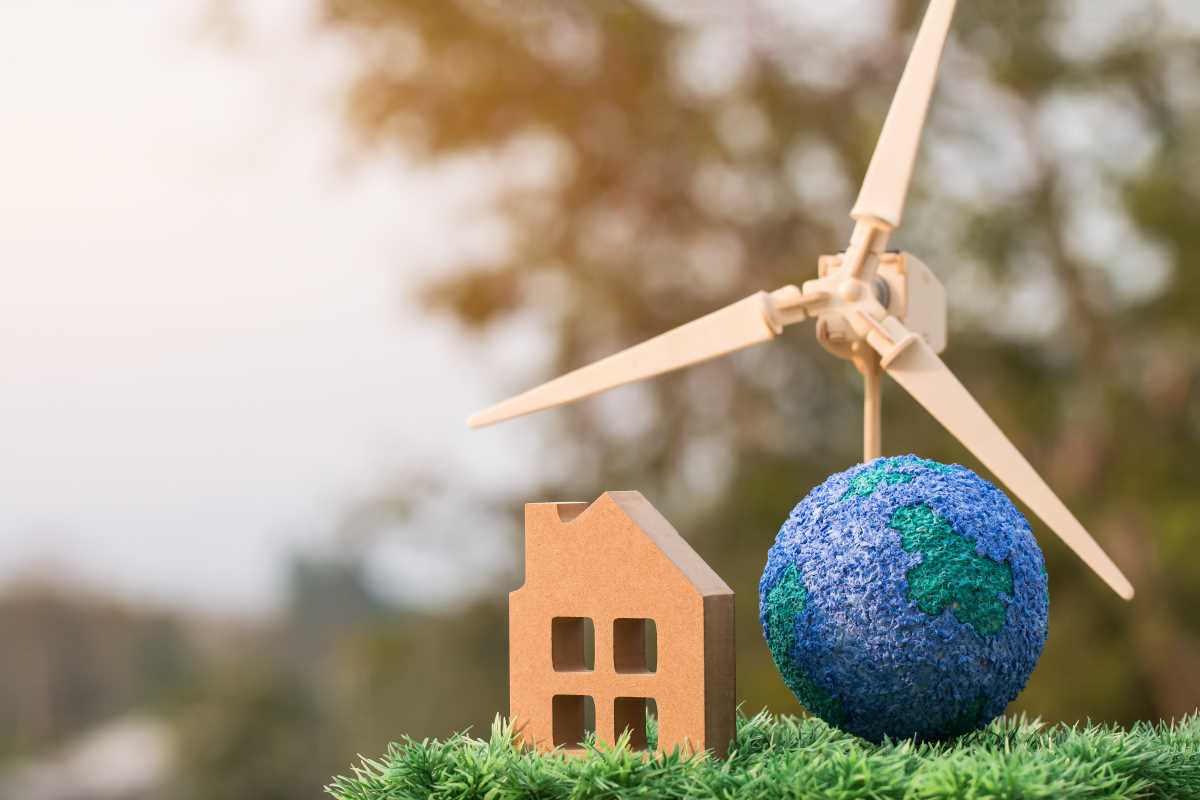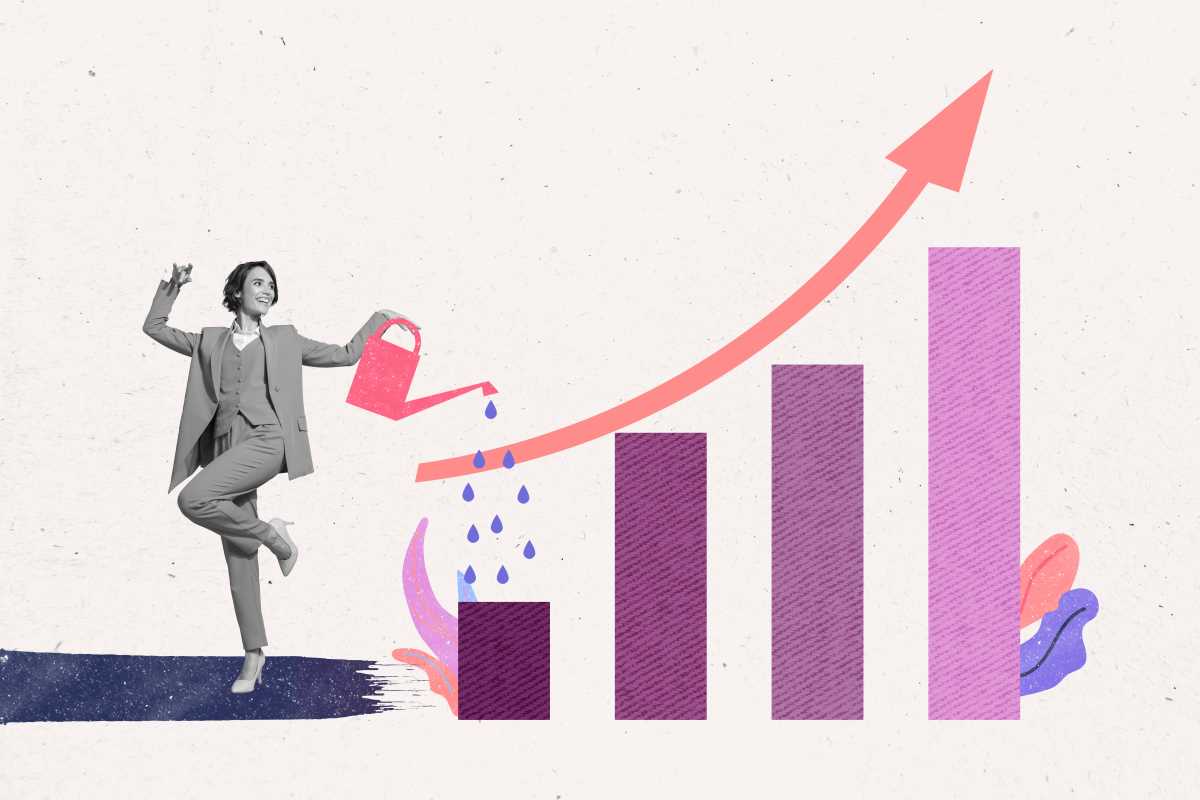Building strong connections within the world of sustainable product design unlocks a wealth of fresh ideas, collaborations, and opportunities for growth. When you reach out and interact with fellow innovators, you encourage the exchange of valuable knowledge that often results in inventive, environmentally conscious solutions. Sharing experiences with those who share your passion for sustainability helps you discover different perspectives and creative approaches. As you expand your network, you not only gain insights but also become part of a supportive community focused on making lasting, positive change and finding new ways to improve products over time.
Building relationships in this field means aligning personal goals with environmental and economic concerns. Real conversations quickly turn into lasting partnerships, and these connections often lead to innovative breakthroughs that push the boundaries of sustainable design. In this space, the exchanges you make are more than business; they help shape future trends and methods in product creativity.
Understanding the Value of Strategic Networking
Establishing a network that works for you involves more than just exchanging business cards. It requires investing time in people who share a passion for sustainability and inventive design. Each new connection introduces you to different viewpoints and practices that challenge and enrich your methods. A strong network becomes a support system that continually feeds your drive to innovate.
Consider these benefits that networking can offer:
- Expand your knowledge through diverse perspectives.
- Access new tools and resources relevant to sustainable design.
- Create partnerships that can lead to joint ventures and projects.
- Receive constructive feedback that sharpens your creative process.
- Discover opportunities for mentorship and skill development.
Investing time to build these connections often results in growth that is both immediate and long-lasting. Your network becomes the foundation upon which you can build innovative projects with strong ecological and economic impact.
Building a Personal Networking Toolkit
Having a set of practical tools at your disposal can make networking less intimidating and more focused. Developing a personal toolkit helps you prepare for any networking opportunity, ensuring you present the best version of yourself. This systematic approach combines technology and personal outreach to keep relationships vibrant.
Consider these actionable steps to build your toolkit:
- Keep a digital contact list organized with notes on key conversations and follow-up dates.
- Create a professional profile using carefully crafted examples of your work in sustainable design.
- Use mobile apps or project management tools to set reminders for reaching out to new contacts.
- Develop a concise value statement that clearly explains your unique role in sustainable product design.
- Collect business cards, and follow up with a brief personalized note after every meeting.
This prepared set of tools ensures that you are always ready to make a lasting impression, whether in person or online. Each element of the toolkit plays a role in helping you facilitate smooth, ongoing dialogues that promote innovative projects.
Leveraging Online Platforms and Communities
The digital world offers many spaces where like-minded professionals discuss sustainable design and share ideas. Participating in these spaces broadens your network beyond local events and in-person meetings. These platforms provide direct access to experts who can share first-hand experiences about tackling practical design challenges while keeping environmental concerns in mind.
When you spend time in networking forums, practice good digital habits that help build genuine connections. For example, engage in thoughtful comments and share your own experiences rather than simply promoting your work. Over time, these interactions develop into deep-rooted relationships that often translate into offline collaborations.
Hosting and Participating in Industry Events
Industry events serve as excellent opportunities to find collaborators who value meaningful change in product design. They offer structured settings where you can exchange ideas face-to-face while enjoying a creative atmosphere. Whether you attend or organize these gatherings, you have the chance to present your work to motivated peers eager to contribute to your vision.
Here are some steps you can take when attending or hosting an event:
- Attend presentations and workshops that focus on practical challenges and innovative solutions.
- Volunteer for panels or discussions to increase your visibility and credibility.
- Invite a small group of peers to a roundtable discussion on new approaches to sustainable design.
- Follow up with fellow participants after the event to share notes and explore potential projects further.
By actively contributing to these events, you shift from being a passive attendee to a key participant in shaping future conversations about sustainable product design.
Fostering Long-Term Relationships
Maintaining strong connections requires consistent follow-up and sincere dialogue. Deep professional relationships develop from ongoing conversations and shared experiences. As you reach milestones in your projects, sharing both successes and setbacks adds authenticity and deepens trust with your contacts.
Here are a few pointers to keep your connections active:
- Set regular check-ins with active contacts through coffee meetings or casual calls.
- Share updates on projects and invite feedback to show that you value their opinions.
- Offer help or resources when you notice an opportunity that benefits your network contacts.
- Recognize the efforts of your contacts by celebrating their achievements, both personal and professional.
This practical approach ensures your professional circle remains dynamic and involved in your journey in sustainable design. The ongoing open dialogues support organic growth and future collaborations.
Adapting to Emerging Trends in Networking
The landscape of professional connections constantly changes. New digital tools and fresh approaches to communication often alter how you meet others. It is important to stay open to trying methods that might initially seem unfamiliar. Being comfortable with new technology and trends can inspire you to find unconventional ways to showcase your sustainable projects.
Watch out for emerging collaborative tools designed for creative professionals. Try integrating video conferences with screen sharing features and experiment with virtual brainstorming sessions. These new experiences often lead to unexpected partnerships that challenge your current perspectives. Maintaining an adaptive mindset helps you continue in your pursuit of innovative design while embracing new channels of engagement.
Your actions today lay the groundwork for future advances in sustainable design. Building your network now can drive progress for both creative and environmental fields.







